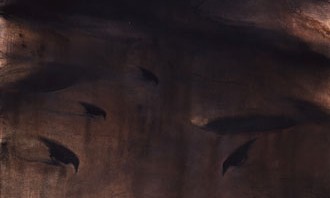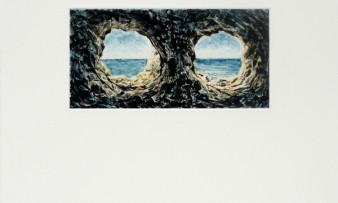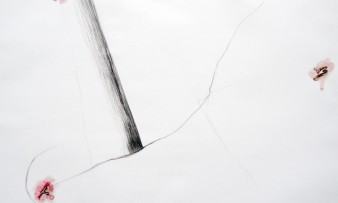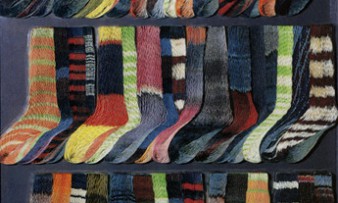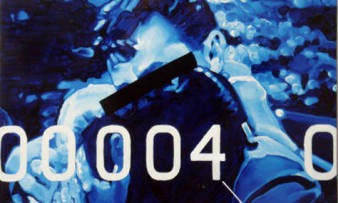Sitges is a city fully dedicated to arts. Since the appearance of the “Escola Lluminista” (Illuminist School) during the middle of the nineteenth century –that included a number of artists captivated by the light of Sitges– the population transformed culture in one of its main identifying features. Sitges became a destination for artists, writers and other artists who have helped to draw a human landscape sensitive to the arts and participate in its creation. And while the stage for a long list of cultural events from different disciplines; the town is also in permanent artistic ferment. Festivals, cultural tours, cultural performances and a wide ranging cultural and social fabric, transforms the agenda of the town in a permanent dynamic movement.
Sitges has a rich legacy not only in museums, but also in buildings or residential areas. The Parish Church of Sant Bartomeu i Santa Tecla -the most famous landscape of Sitges- dates from the seventeenth century, and inside there are various baroque altarpieces of remarkable artistic and cultural value as well as a beautiful organ dating from 1699 and recently restored.
The old town of Sitges includes other buildings that are amply recognized. The ensemble of Maricel, also including the Palace and the Museum, houses the Historical Archive of Sitges and the Santiago Rusiñol Library, which contains a known library specializing in artistic and literary movements of the late nineteenth and early twentieth century’s, and also the collections Rusiñol and Miquel Utrillo.
The Town Hall is next and occupies the space of the Castle of Sitges, the new building was built by Salvador Vinyals in 1889 to house the town hall. The Old Market , a modernist building built by Gaietà Buïgas the same year, now housing Casa Bacardi. In the fifties of the twentieth century, the Fish Market was built as an attachment, since 2011 the headquarters of Fundació Stämpfli.
The list of unique buildings of the town is significant and fills the streets of Sitges and much of the seafront. The homes of “Americanos”, the people from Sitges who returned from Cuba after the nineteenth century with small fortunes who built up one of the urban aspects of Sitges, such houses live alongside lavish mansions from the early twentieth century located in the Promenade of the Terramar community, a “Noucentista” city-garden that stood at the forefront of residential tourism.
The medieval city walls, the Palace of the Moorish King (19th Century), the Chapel of Vinyet (1773), the Chapel of Sant Sebastian (1861), the Buildings of Casino Prado and the Hospital of Sant Joan Baptista (1910), the former slaughterhouse (1925), or the gardens of Terramar are other buildings in the town.
Sitges hosts outstanding cultural events. The Sitges – International Fantastic Film Festival of Catalonia, founded in 1968, is the most important and relevant and considered the greatest fantasy film festival in the world. Other festivals hosted by Sitges are Jazz Antic Sitges, the Week Catalonia – America, the Summer Concert Series (created in 1976), the International Tango Festival, or the Irish Catalan Festival – Creative Connections, among others. The Art Fair, the exhibition of different art galleries and the stable schedule of the Department of Culture, as well as the activities of the Cercle Artistic de Sitges are other important cultural events.
Sitges is located 30 kilometers south of Barcelona and is just 20 minutes away from the airport. Protected by the Garraf massif, which separates it from Barcelona’s metropolitan area, its pleasant climate and the excellence of its beaches make it a town chosen by summer vacationers, tourists, companies holding their meetings and conferences and people from the world of art.



